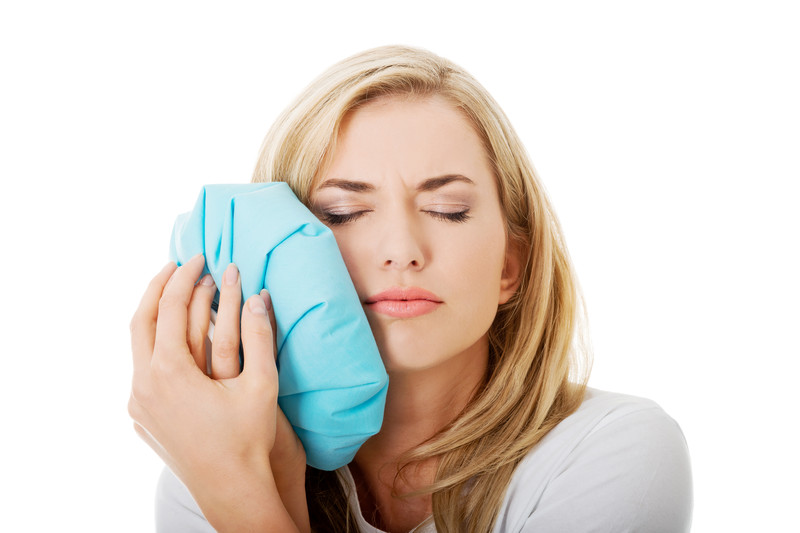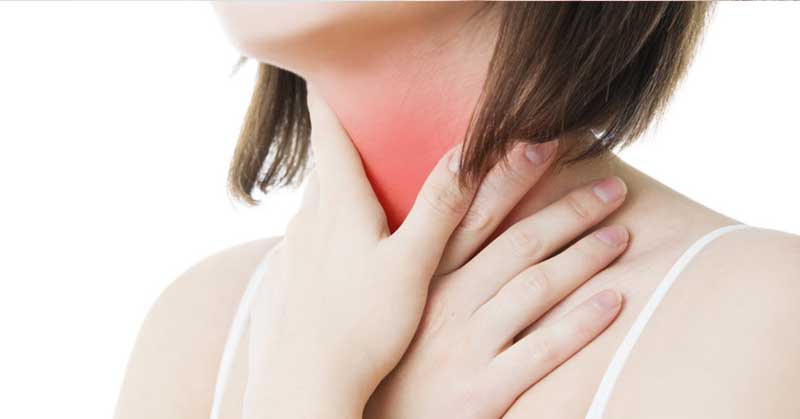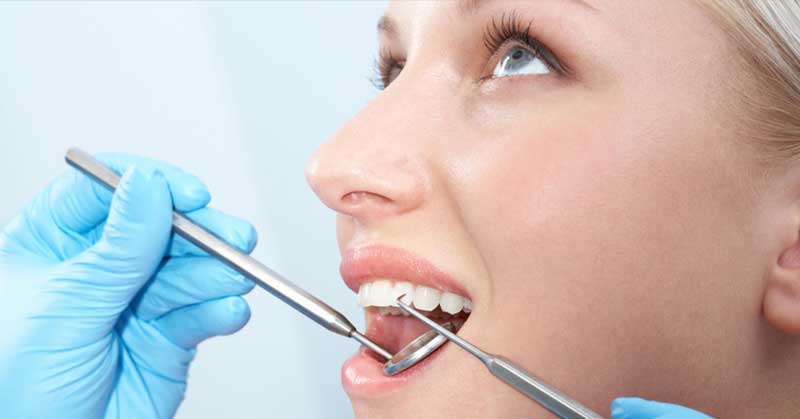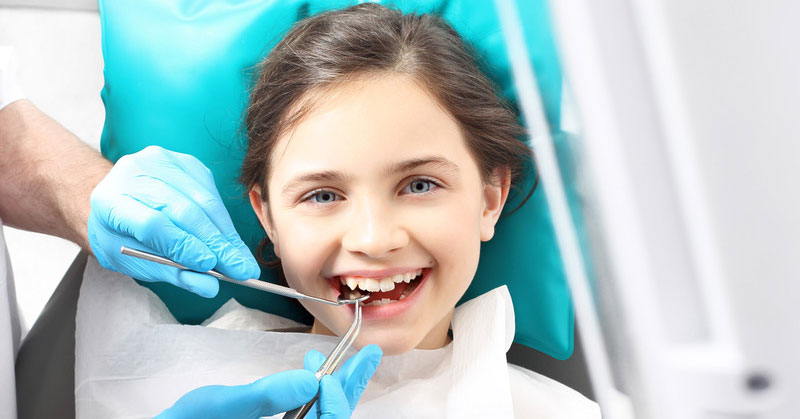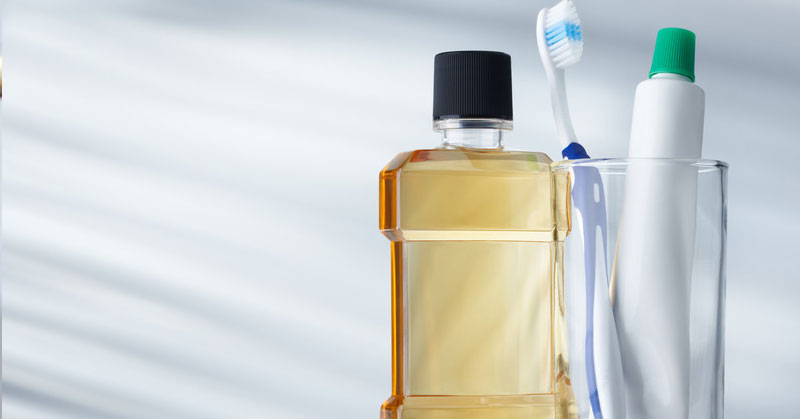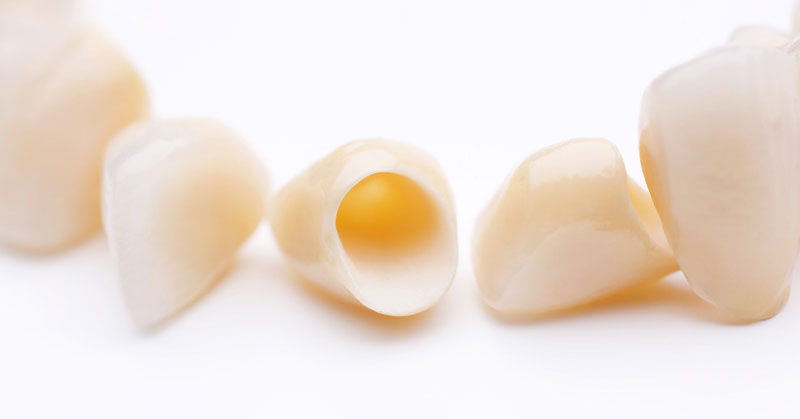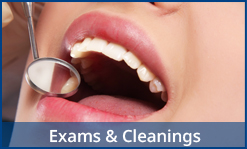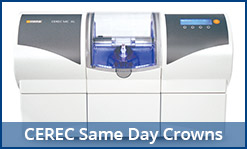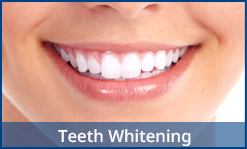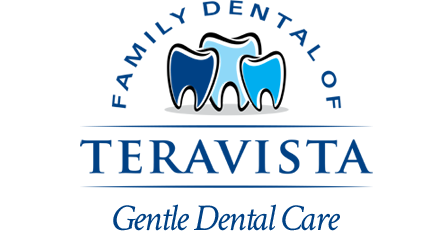Enamel is the hard outer layer of a tooth. Although enamel is quite strong, it’s not indestructible. And once it’s gone, it doesn’t grow back. Generally speaking, there are two types of enamel erosion that you might experience:
- Intrinsic erosion occurs when the enamel is weakened due to exposure to gastric acid. This is particularly common in people who suffer from acid reflux or bulimia, for example.
- Extrinsic erosion is the more common form. It takes place when teeth are exposed to too many acidic foods and beverages, such as sugary desserts, fruit drinks, citrus fruits, diet sodas, and wine, to name a few.
Whether you suffer from intrinsic or extrinsic erosion, there are several symptoms that may indicate the enamel of your teeth is eroded, including the following: - Increased tooth sensitivity – One of the most important functions of tooth enamel is to protect the dentin layer of the tooth. When the enamel is eroded, it can result in dentin being exposed to the outside environment, foods, and beverages. This can result in an increased sensitivity to hot and cold foods and drinks, as well as to extremely sweet foods and even the outside air temperature.
- Discolored teeth – When the enamel is weakened and more dentin is exposed, the surface of the tooth becomes discolored. People with eroded enamel often have a yellowish tinge to their teeth. And because teeth whitening products are effective only on the enamel layer, the yellow hue of the dentin cannot be changed by whitening your teeth.
- The transparent tooth edges – If the enamel of your teeth is weakened, you might also notice that the edges begin to look almost transparent.
While it’s true that enamel can’t grow back once it’s gone, it is possible to prevent further erosion from occurring. This involves treating the underlying cause of the erosion. If it’s intrinsic, you’ll need to seek help to treat the acid reflux, bulimia, or whatever other condition is causing your teeth to be exposed to gastric acids. If you have extrinsic erosion, your dentist will likely recommend that you eliminate or limit your intake of acidic foods and beverages.
If your teeth are discolored due to eroded enamel, there are some options that will not only help protect your teeth but also restore them to their white appearance. Ask your dentist about treatments such as porcelain veneers or dental bonding, both of which involve the application of an extremely thin yet strong dental material to each tooth surface.
If you notice any signs of eroded enamel, talk to your dentist to find out more about your treatment options.

